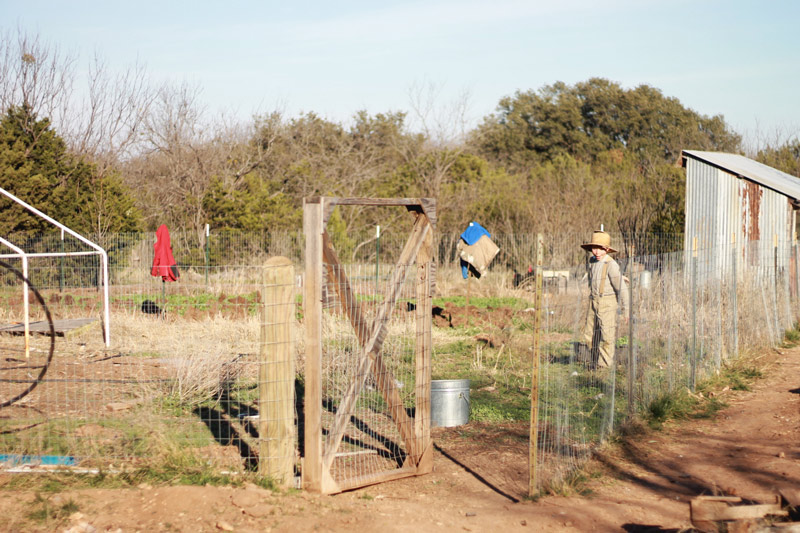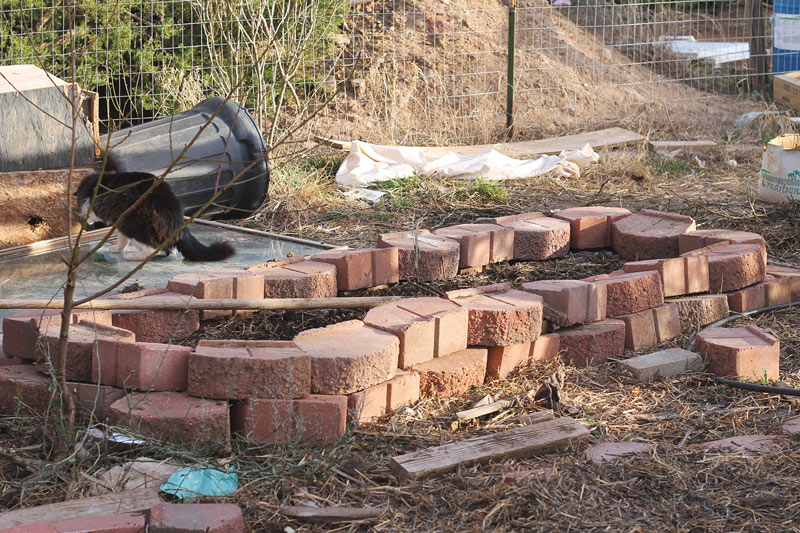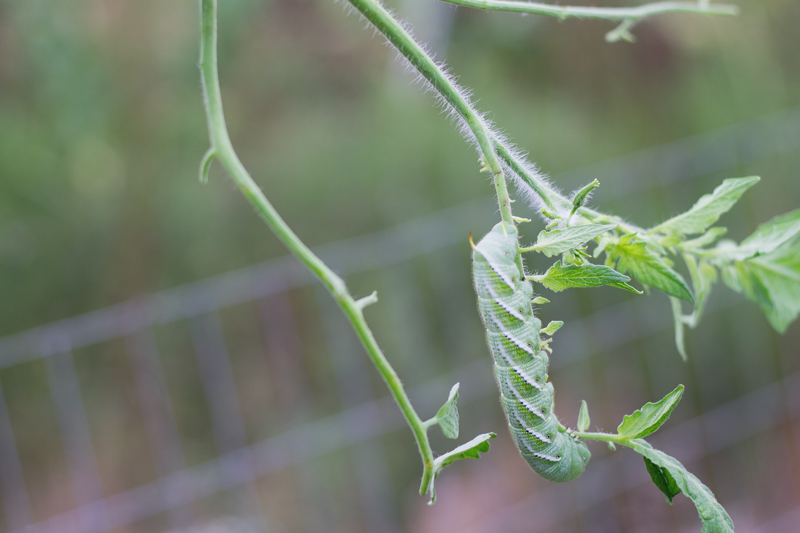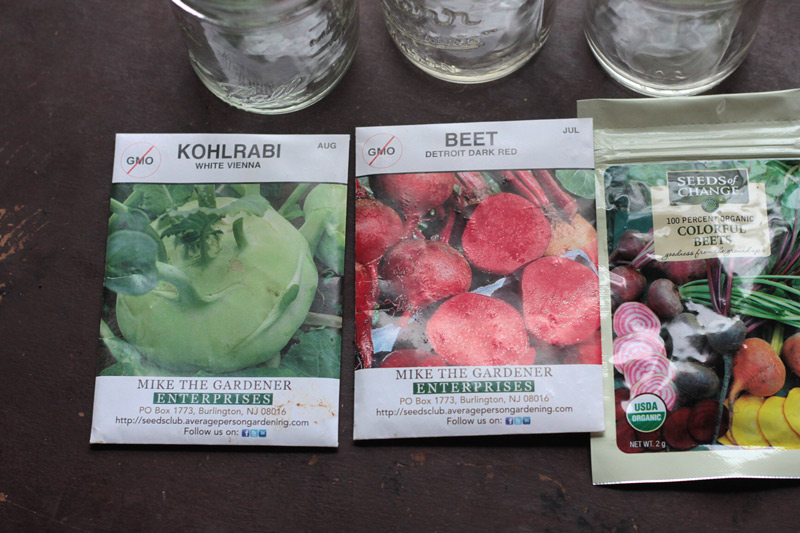Surrender Gardening
 About five weeks ago I threw in the towel on the garden. It was nearing a hundred every day and the rain completely stopped, as it does almost every summer, and somehow, painlessly, easily I just let go. That’s never happened before, me surrendering to the hot and the dry with a simple shrug of the shoulders.
About five weeks ago I threw in the towel on the garden. It was nearing a hundred every day and the rain completely stopped, as it does almost every summer, and somehow, painlessly, easily I just let go. That’s never happened before, me surrendering to the hot and the dry with a simple shrug of the shoulders.
Instead of pushing for the tomatoes and eeking out a few more cucumbers, we tore out the squash and cucumber and melon beds and covered them to kill the weeds and seeds in preparation for a fall garden. I thought it might be another month before I thought about the garden again. I thought I had more time.
But we’ve had a couple of days with some rain and the temperatures are back into the manageable 90 degree range and here I am planning, ordering seeds, and preparing to haul compost.
I almost hesitated to buy seeds. Why? For much the same reason that I balk at paying $4 for enough organic greens to last a couple of meals. Come spring or fall, when the lettuce is thick, I find myself washing my greens 3-4 times before the dirt and bug content is mostly mitigated against. And then I realize why $4 isn’t that crazy.

And what I’ll spend on seeds? Well, that’s about as much as I could easily spend in a week on our vegetables at the grocery store when we’re not harvesting from the garden. And that’s if I’m trying to keep the budget really tight. We like our vegetables… at least some of us do.
Growing food almost always makes sense to me. You often cannot even purchase an equivalent, nutritionally. When your refrigeration is minimal or non-existent, food on the hoof and in the ground is about your best option as far as avoiding spoilage goes. And boy, is the process ever fun – often hard, but usually fun… and, for lack of a better word, fruitful both physically and spiritually.
I know that it seems we have a long growing season here, but I kind of look at it like we have three short growing seasons: spring/early summer, hot, and fall. Most things grow in those two bookend seasons but they’ve got to grow fast and you’ve got to get them lots of water; only okra, sweet potatoes, and black-eyed peas can handle the hot season, at least under my gardening thumb.

Depending on who you ask, we’ve got about sixty to seventy-five days until our first frost, Lord willing of course. Some years it’s far beyond that and some years it comes when you least expect it. So I’m planning a couple rows of green beans and a bed each of fast-growing beets and carrots. We ended up acquiring insect barrier so I am going to try to grow my beloved Brassicas this year. Cabbage, Brussels sprouts, and kohlrabi will go in rows, covered with the insect barrier, to avoid the inevitable demolition done by the bugs.
In the kitchen garden I’m going to plant lettuce, a few fast-growing cucumbers, and a bunch of my favorite annual herbs we have seed for.
And, of course, what would a fall garden be without greens? Lettuce, kale, collards, and anything else with a good dose of chlorophyll. And because the tomatoes are toast, that bed is ready to cover for an October/November planting of onions and garlic.

For the first five or so years of homesteading I really craved a yearly ritual. Plant beets in February and corn in May and get the meat birds butchered by June, or some such thing. But the reality is, there are very few sure things around here. I actually do try to plant beets mid-February but sometimes the frosts are still too hard. I try to plant a fall garden the beginning of September, but some years we’ve barely got enough water for drinking and the whole plan goes out the window.
So now I plan for what I call Surrender Gardening. We watch the weather closely and wait on frosts to clear or rain to come or heat to break. And then we get seeds or starts in the ground and we’re off and running. Or, in tough years, we surrender completely and forego an entire growing season. It’s a bit of a hurry-up-and-wait approach; a make sure you’re ready in case of change approach, but I think it is working for me.
And I suppose it helps me along in my walk as I try to surrender in every other area of my life too.



Can I just say, I am so glad to see someone else surrendered to the hornworms (among other things)?. I cannot seem to make it through tomato season without those dreaded worms ending things early for me. Prayers to you for rain in TX, as we need it too in the mid-Atlantic.
Your blog posts are always spot on. Thank you!
Try some Red Malabar spinach next year. I live in heat if Texas also and it performs well for me. You can eat leaves when babies in salads or let them grow and sautée or add to soup. It is very different from traditional spinach and originates out of Australia. It grows as a vine.
Thank you for putting words to my style of patio gardening – Yes, surrender gardening is what I’ve been doing. I like that name. It is good. We are here in the country in South Carolina and my first year I fattened up many raccoons and squirrels with our tomatoes and herbs. And from then on they have loved us :/
This year my husband became creative and what he did worked. And, since the critters left well enough alone, the insects fell in love with our gardening. It’s ok as all God’s creatures and doing a swell job training us! Thank you both for your loving and logical posts!
Danielle,
May I ask what your husband did? It has been quite the summer here fending off the critters, including raccoons climbing our pear and apple trees to enjoy fruit bounty instead of us. Some creative tips would be so appreciated!